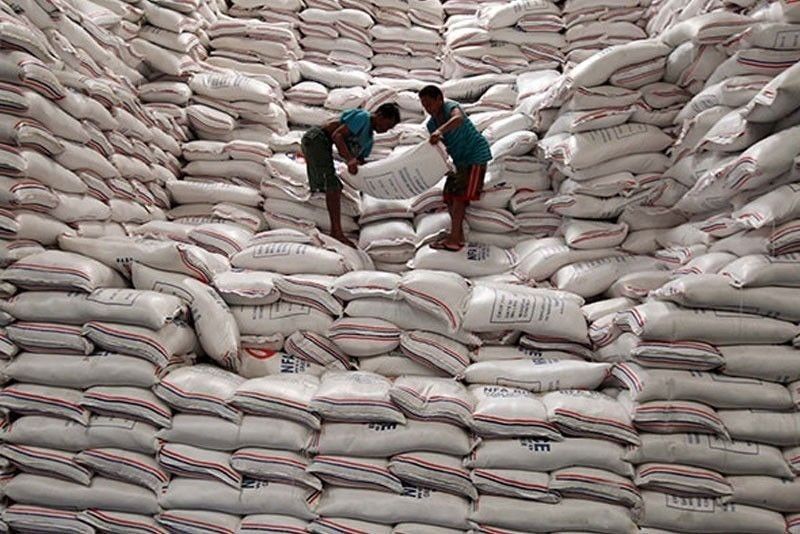Philippine rice imports to hit 2.9 million MT

MANILA, Philippines — The Philippines is expected to continue importing rice this year, with shipments expected to reach as much as 2.9 million metric tons (MT).
In a report by its Foreign Agriculture Service, the United States Department of Agriculture (USDA) revised upward its rice import forecast for the Philippines to 2.9 million MT, higher than its earlier projection of 2.5 million MT.
The USDA attributed the higher forecast to the “continued strong import pace from Vietnam.”
Similarly, the USDA also adjusted upward its milled rice production forecast for the country at 12.4 million MT from the earlier projection of 12.3 million MT.
Consumption forecast is also increased to 14.95 million MT from 14.85 million MT.
As rice imports continue to rise, the Federation of Free Farmers (FFF) warned of a possible decline in palay prices during the coming dry season harvest, citing that rice imports reached 2.98 million MT in 2021.
“We will have a supply glut when the farmers start harvesting their dry season crop starting March 2021,” FFF national manager Raul Montemayor said.
“Farmers will again suffer from low prices even as the costs of fertilizer, fuel, and other farm inputs remain high. Having a large harvest is meaningless to farmers if it results in low prices for their produce,” Montemayor said.
Latest data from the Philippine Statistics Authority showed that the deseasonalized farmgate price of palay registered at P16.65 per kilo from October to December 2021.
This was 9.5 percent lower than the P18.39 per kilo farmgate price in the same period the year before.
Meanwhile, the FFF also downplayed the impact of the reported increase in rice tariff collections on farmers.
Under Republic Act 11598, or the Cash Assistance for Filipino Farmers Act, the Department of Agriculture (DA) is mandated to provide cash transfers to rice farmers tilling two hectares or less until 2024, to be sourced from rice tariffs in excess of P10 billion a year.
As tariffs from rice imports reached P19 billion in 2021, this means P9 billion will be given to rice farmers in the form of cash assistance through the Rice Farmers Financial Assistance program.
“Tariff collections increased because imports surged, and, as a result, palay prices went down. The P9 billion that will be given to farmers is very small compared to the P60 billion that farmers are losing every year compared to their income before RTL (Rice Tariffication Law) took effect,”Montemayor said.
“In addition, one out of every three rice farmers will not get any cash assistance because RA 11598 applies only to farmers tilling two hectares or less,”he said.
Moreover, the FFF said the increase in palay production last year did not benefit farmers significantly as half of the incremental harvest came from an expansion in harvested area and only half was due to an improvement in yields.
“Overall, output per hectare improved by only 1.6 percent in 2021, equivalent to an additional income of only P1,095 per hectare. This is far off the DA’s unsubstantiated claim that farmers earned P10,000 more per hectare in 2021 despite the increase in fertilizer costs,” Montemayor said.
The FFF questioned the effectiveness of the DA’s interventions, noting that the additional palay output of about 665,000 MT in 2021 had a market value of only P11 billion.
“We support calls to increase the budget for agriculture, but we must make sure that the money is being spent wisely and effectively. Spending one peso to get back just one peso is not a good way to use scarce government money,”Montemayor said.
- Latest
- Trending





























